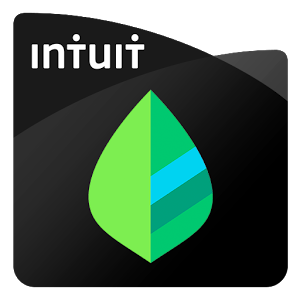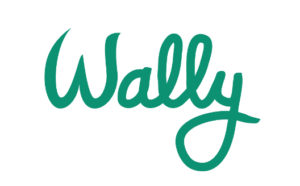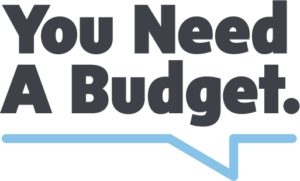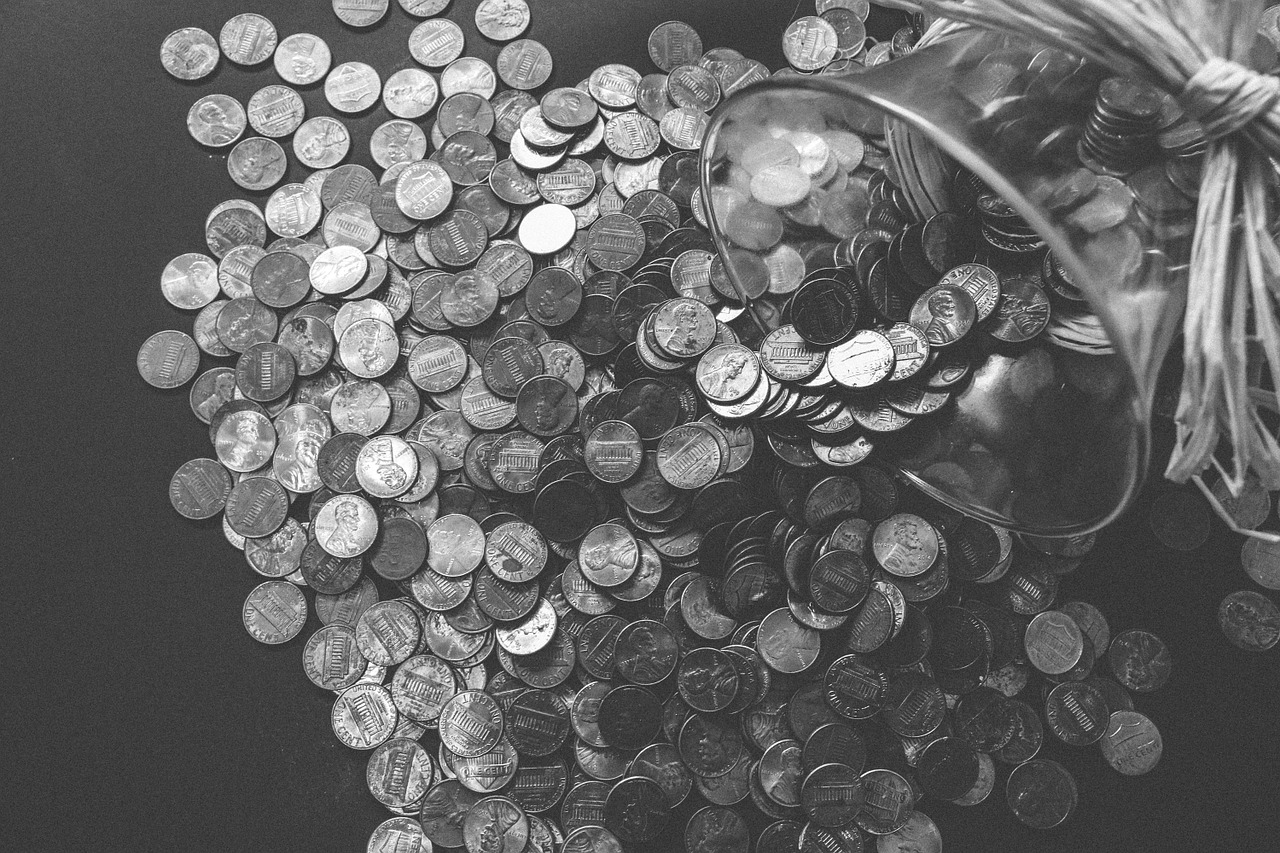One the biggest challenges in personal finance remains budgeting. Creating and following a budget is critical for reclaiming a sense of power over your finances, yet people often have trouble making a realistic budget or staying within it. Luckily, modern technology offers a number of solutions, including a range of budgeting apps, each of which has a different focus or helps you solve a certain problem. However, before investing too much time in any single app, you should look at the available options and figure out which one will best meet your personal needs.
Some of the best budgeting apps currently available include the following:
-
Mint
 One of the oldest personal finance apps, Mint has developed quite a strong following. Mint’s developers have worked hard over the years to create an app that is adaptable to a number of personal needs and streamlines much of the budgeting work so that people have no excuse for running out of money. Users can authorize the app to connect to virtually all of their financial accounts, which it then tracks in real time. In addition, users can add vehicles and property to their profile to get a more complete picture of their financial health.
One of the oldest personal finance apps, Mint has developed quite a strong following. Mint’s developers have worked hard over the years to create an app that is adaptable to a number of personal needs and streamlines much of the budgeting work so that people have no excuse for running out of money. Users can authorize the app to connect to virtually all of their financial accounts, which it then tracks in real time. In addition, users can add vehicles and property to their profile to get a more complete picture of their financial health.
Mint provides easy-to-read, colorful representations of personal finances and helps people see exactly how much money they are spending in certain categories so that they can track progress toward goals. The app also analyzes habits and makes suggestions for saving additional money based on a user’s spending habits. However, the budgeting features are fairly limited, and users should view Mint primarily as a tracking tool. The app also has limitations for people with erratic income.
-
Every Dollar
 The creation of personal finance writer Dave Ramsey, Every Dollar help individuals take baby steps toward a functioning budget. People start with eight budgeting categories, which they can break down further or added to depending upon their personal circumstances. Once users add an income, they can assign segments of it to each category. Then, each transaction deducts from that segment so that people can see how much money they have left to spend in each category.
The creation of personal finance writer Dave Ramsey, Every Dollar help individuals take baby steps toward a functioning budget. People start with eight budgeting categories, which they can break down further or added to depending upon their personal circumstances. Once users add an income, they can assign segments of it to each category. Then, each transaction deducts from that segment so that people can see how much money they have left to spend in each category.
The real value of Every Dollar lies in its ability to track progress towards larger goals related to budget, such as saving an emergency fund, keeping enough money for three to six months of expenses in the bank, and putting 15 percent of income away for retirement. The app also tracks a user’s progress in paying off debt and saving for college funds, as well as other future expenses. While the app is obviously made to align with Ramsay’s savings strategy, people who do not ascribe to his particular teachings can also benefit immensely from the app’s robust functionality.
-
Wally
 One of the simplest and most user-friendly budgeting apps, Wally is essentially a glorified expense tracker, yet it can help people meet their spending goals and get a better sense of where exactly their money is going. The free app lets people take a photograph of receipts or manually enter expenses. One of the app’s unique features is a location tracker that geotags purchases to stores and service providers to help save users time in categorizing each expense.
One of the simplest and most user-friendly budgeting apps, Wally is essentially a glorified expense tracker, yet it can help people meet their spending goals and get a better sense of where exactly their money is going. The free app lets people take a photograph of receipts or manually enter expenses. One of the app’s unique features is a location tracker that geotags purchases to stores and service providers to help save users time in categorizing each expense.
Users can program the app to notify them when a bill is due or when they have met certain savings goals. In addition, the app adapts to spending habits and looks at goals to provide suggestions for future spending.
-
You Need a Budget
 This app is largely based upon the envelope method of budgeting. Historically, individuals would label different envelopes by spending categories and then put cash in each. When the cash in the envelope runs out for that necessity, there is no more until the next payday, which helps prevent overspending. You Need a Budget lets users allocate their income to various bills, debt payments, savings goals, and discretionary spending. Individuals can even move budgeted money between categories when unexpected expenses arise so that people do not exceed their budget.
This app is largely based upon the envelope method of budgeting. Historically, individuals would label different envelopes by spending categories and then put cash in each. When the cash in the envelope runs out for that necessity, there is no more until the next payday, which helps prevent overspending. You Need a Budget lets users allocate their income to various bills, debt payments, savings goals, and discretionary spending. Individuals can even move budgeted money between categories when unexpected expenses arise so that people do not exceed their budget.
If people overbudget based on their income, the app highlights the offending category in red and makes users move funds around to get back to a zero sum. This app can help those who have trouble following a budget develop better habits.
-
Albert
A simple app, Albert connects to bank accounts, investments, debts, and insurance policies to help identify the actions necessary for greater financial health. Albert monitors accounts and makes suggestions about new, more economical ways to spend money. For example, if the app detects several monthly subscription services, it may suggest cancelling some overlapping ones to save money.
By giving users a financial health score, they can see exactly where they stand and track progress as they work toward their goals. The health score comes with actionable points to improve finances. Users can directly act upon some of the suggestions that Albert makes in the app because it has connections to various lenders and service providers. Many people have been able to transfer credit accounts to companies with lower interest rates, save money by switching to new insurance providers, and secure better savings accounts through Albert’s suggestions.

